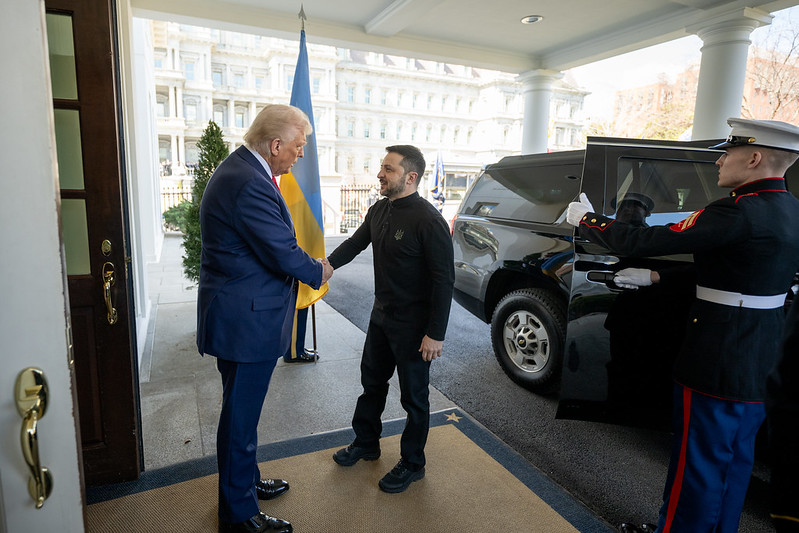
In The Spectator, Niall Ferguson and Nick Kumleben explain that the true target of the mineral deal between the United States and Ukraine is China’s dominance in mineral refining. They write:
Yet on closer inspection, the idea of a US-Ukraine deal exchanging Ukrainian mineral revenues for American funding seems quixotic. First, let’s understand the difference between critical minerals and rare earths — a distinction lost on Trump and on many other observers. Critical minerals are any non-fuel commodities that are key economic inputs with insecure supply chains. Different governments consider many different minerals to be critical. Rare earths are a group of seventeen metallic elements. Few rare earths are rare, geologically speaking, but most qualify as critical minerals from an American perspective, given China’s near-monopoly in the sector and rare earths’ usage in defense and renewable energy.
Second, Ukraine is hardly a mining powerhouse. Before the Russian invasion, the country produced only minor quantities of metals, accounting for more than 10 percent of global supply of only one mineral: rutile, a titanium oxide generally used to make white paint. When it comes to titanium sponge — the metal that makes commercial airplanes and fighter jets — Ukraine is a minor producer, contributing around 2 percent of global supply before the war.
Third, expanding minerals production in Ukraine is a tall order: the country’s geological surveys have not been updated since the Soviet era; its ability to power energy-intensive mines has been devastated by the war; and the capital intensity and long-lived nature of mining investment means that only the most risk-tolerant capital will flow into an active war zone. Finally, a significant proportion of Ukrainian minerals — including about half of its rare earth deposits — are in areas of the country under Russian control, and Putin is looking to do his own deal to supply the US with rare earths. The draft Ukraine deal also gives the US a share in future oil and natural gas projects in Ukraine, but crucially not in existing, profitable projects. As the world’s largest producer of oil and gas, the US hardly needs these rights.
True, Ukraine has one of Europe’s largest lithium reserves, a key input into electric vehicle batteries and utility-scale storage. Ukraine also has significant deposits of gallium and graphite, two key inputs in the semiconductor industry. (China has a near-monopoly on global gallium and graphite production and has recently imposed export controls and bans on shipments to the United States.)
Yet the United States has its own substantial lithium reserves — more than triple those of Ukraine — as do US partners such as Australia (the world’s largest lithium producer) and Chile. Furthermore, one of the few points of agreement between Trump and Joe Biden’s administration was the need to “nearshore” the supply of critical minerals, siting production and processing at home and in friendly geographies. That was why the Biden administration introduced tax credits for EV batteries made from metals mined in the US or in free-trade partners such as Australia, Chile, Canada or Mexico, and backed investments in foreign mines destined for the US market.
Trump wants these metals dug up and processed in America — as evidenced by his tariffs on Mexico and Canada, the site of many mines and smelters serving the US market — but he will find himself stymied by geography, as the location of world-class deposits was not determined by nature on an “America First” basis. There is also the point that China’s real dominance is in processing minerals rather than mining them, and the West is decades behind China in processing know-how, as well as scale.
Read more here.
If you’re willing to fight for Main Street America, click here to sign up for my free weekly email.




